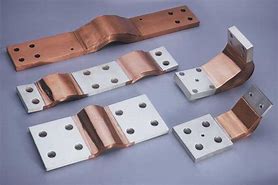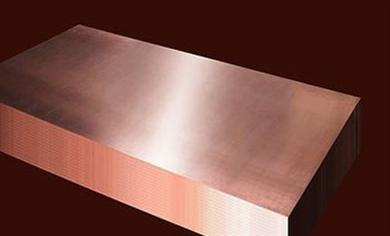**Stainless Steel Meets Copper: Plumbing Partners or Foes?**
(Can You Use A Stainless Steel Valve On Copper Pipe)
So you’re staring at your plumbing project. Maybe fixing a leak, adding a new fixture, or upgrading an old system. You’ve got copper pipes. They’re reliable, common. But you need a valve. You see a shiny stainless steel one. It looks tough, durable. The question hits you: “Can I just slap this stainless valve right onto my copper pipe?” Hold that thought. It’s not quite that simple.
Mixing metals in plumbing needs careful thought. It’s not just about screwing things together. Different metals react differently, especially when water gets involved. Water isn’t just H2O. It often carries minerals, acts like a weak conductor. This sets the stage for trouble called galvanic corrosion.
Think of it like a tiny battery. When two different metals touch, and water connects them, electricity can flow. One metal becomes the “giver” (the anode), the other the “receiver” (the cathode). The giver metal? It corrodes away. Sacrifices itself. In our case, copper is usually more “noble” than stainless steel. This often means the stainless steel becomes the giver, the anode. It can start corroding faster than it would alone.
The result? You might see ugly green stains around the connection. Worse, the valve itself could weaken over time. Leaks happen. Valve failure becomes a real risk. Nobody wants that surprise flood in the basement.
But wait! Don’t ditch the stainless valve just yet. Using it on copper pipe *is* possible. You just need the right strategy. The key is stopping that electrical handshake between the metals. You need to break the circuit.
This is where dielectric unions save the day. These are special fittings designed exactly for this job. They physically join the different metals. Crucially, they include a non-conductive barrier – usually plastic or rubber – right between them. This barrier blocks the electrical path. Water flows through, but the damaging electrical current stops dead. It’s a simple, effective shield against galvanic corrosion.
Using the right sealant matters too. Standard pipe thread sealant (like Teflon tape or pipe dope) works fine for sealing the threads. Make sure you apply it correctly. Wrap Teflon tape clockwise on the male threads. Use dope sparingly. The goal is a water-tight seal without overdoing it.
Installation follows standard plumbing practice. Cut the copper pipe cleanly. Deburr the edges. Assemble the dielectric union onto the pipe ends according to its instructions. Connect the stainless valve to the union. Tighten everything firmly, but avoid cranking down too hard. Over-tightening can damage fittings or distort seals.
Check local plumbing codes before starting. Some areas have specific rules about mixing metals or require dielectric fittings. Always follow the code. It’s there for safety and reliability.
(Can You Use A Stainless Steel Valve On Copper Pipe)
If the project feels complex, or you’re unsure about the connections, call a professional plumber. Getting it right the first time prevents costly leaks and water damage later. Your home’s plumbing is too important to gamble with.
Inquiry us
if you want to want to know more, please feel free to contact us. (nanotrun@yahoo.com)



